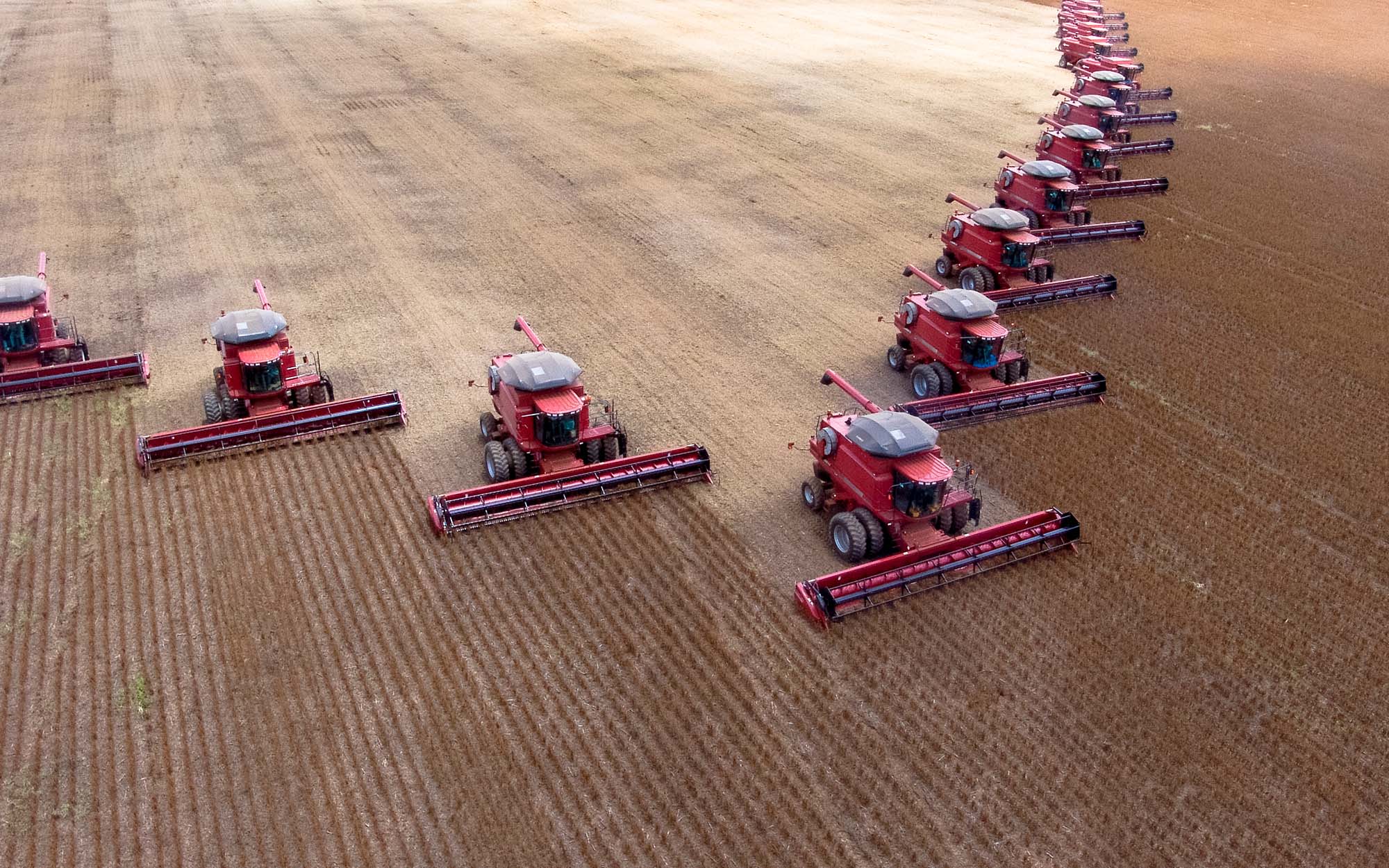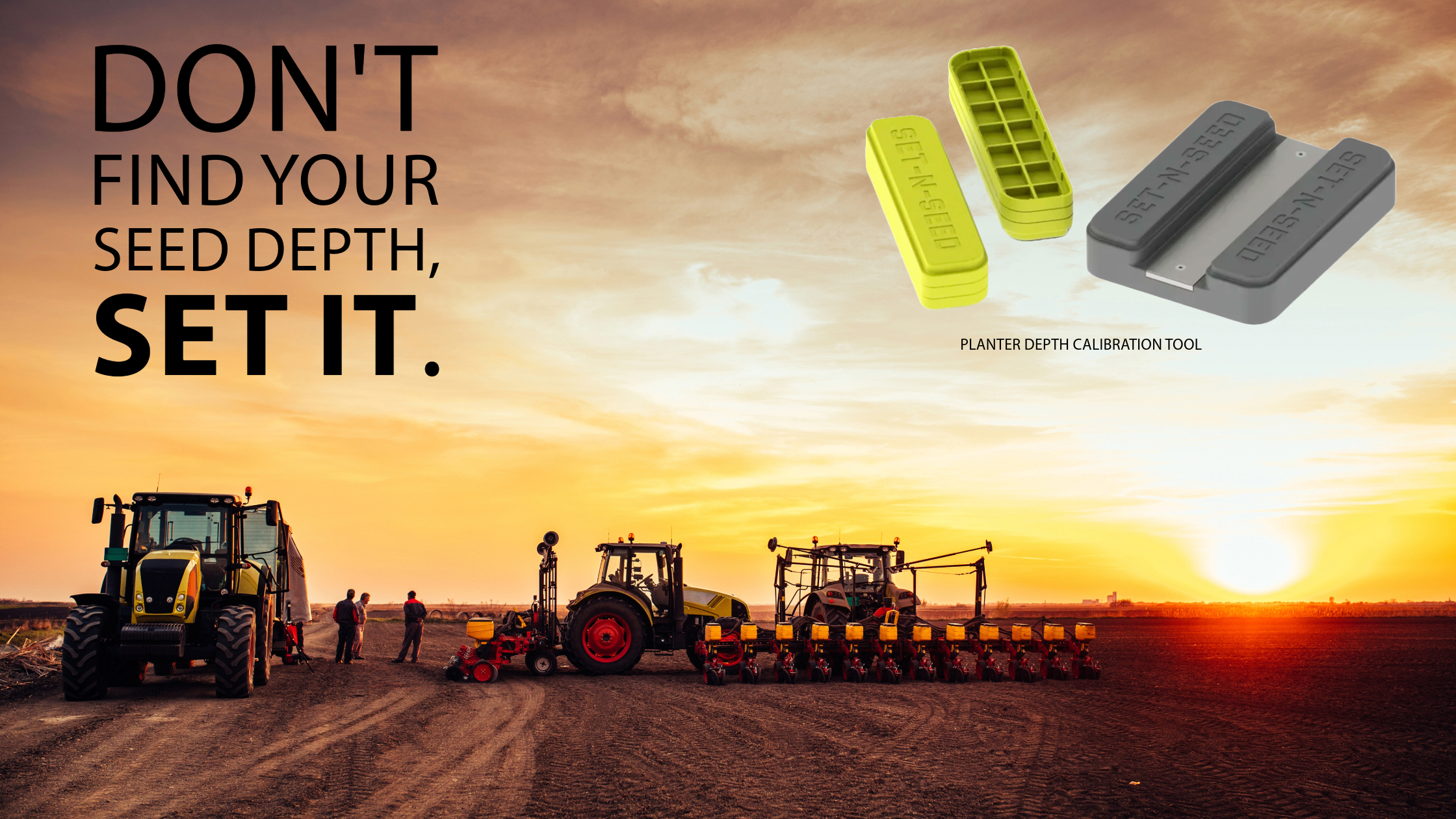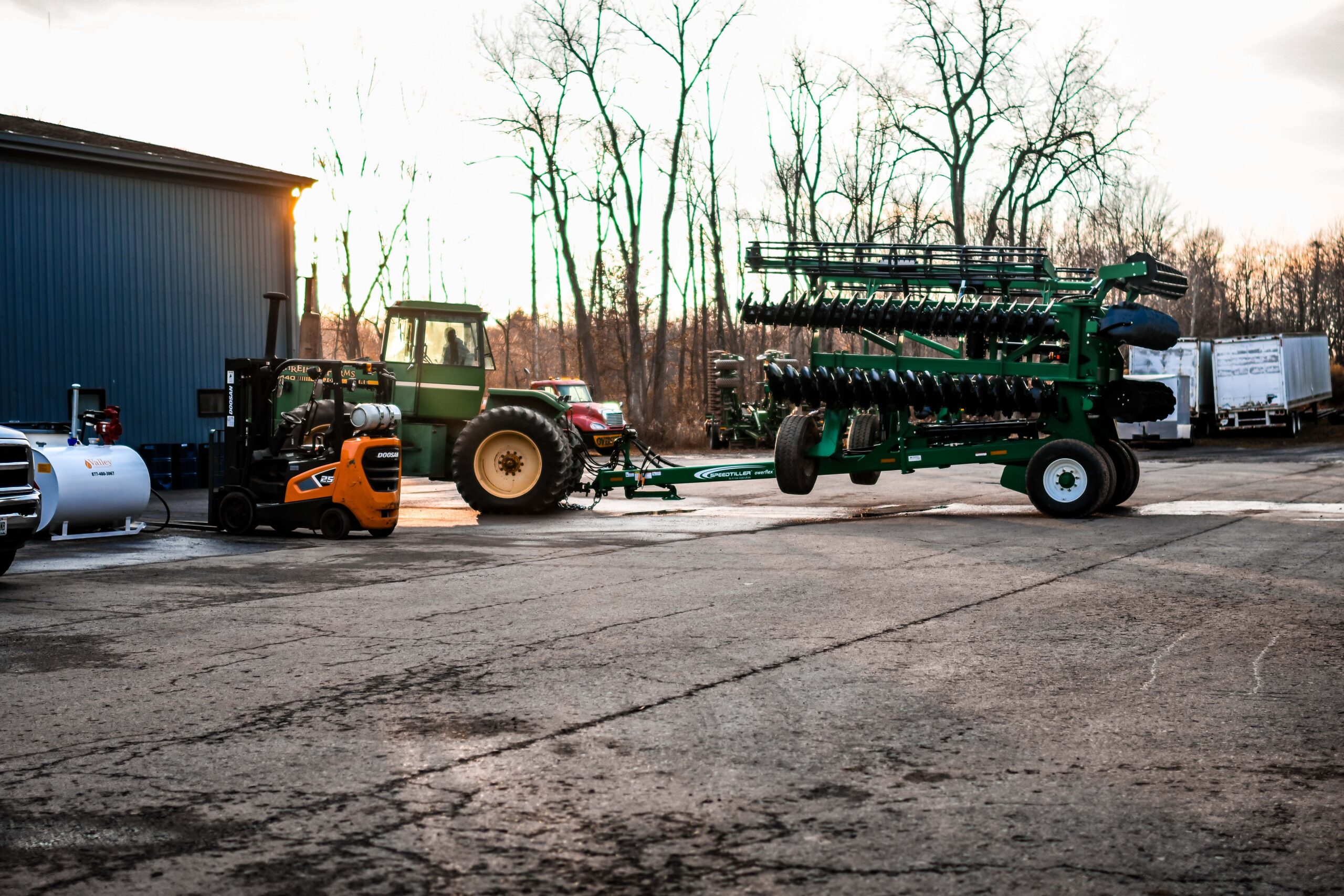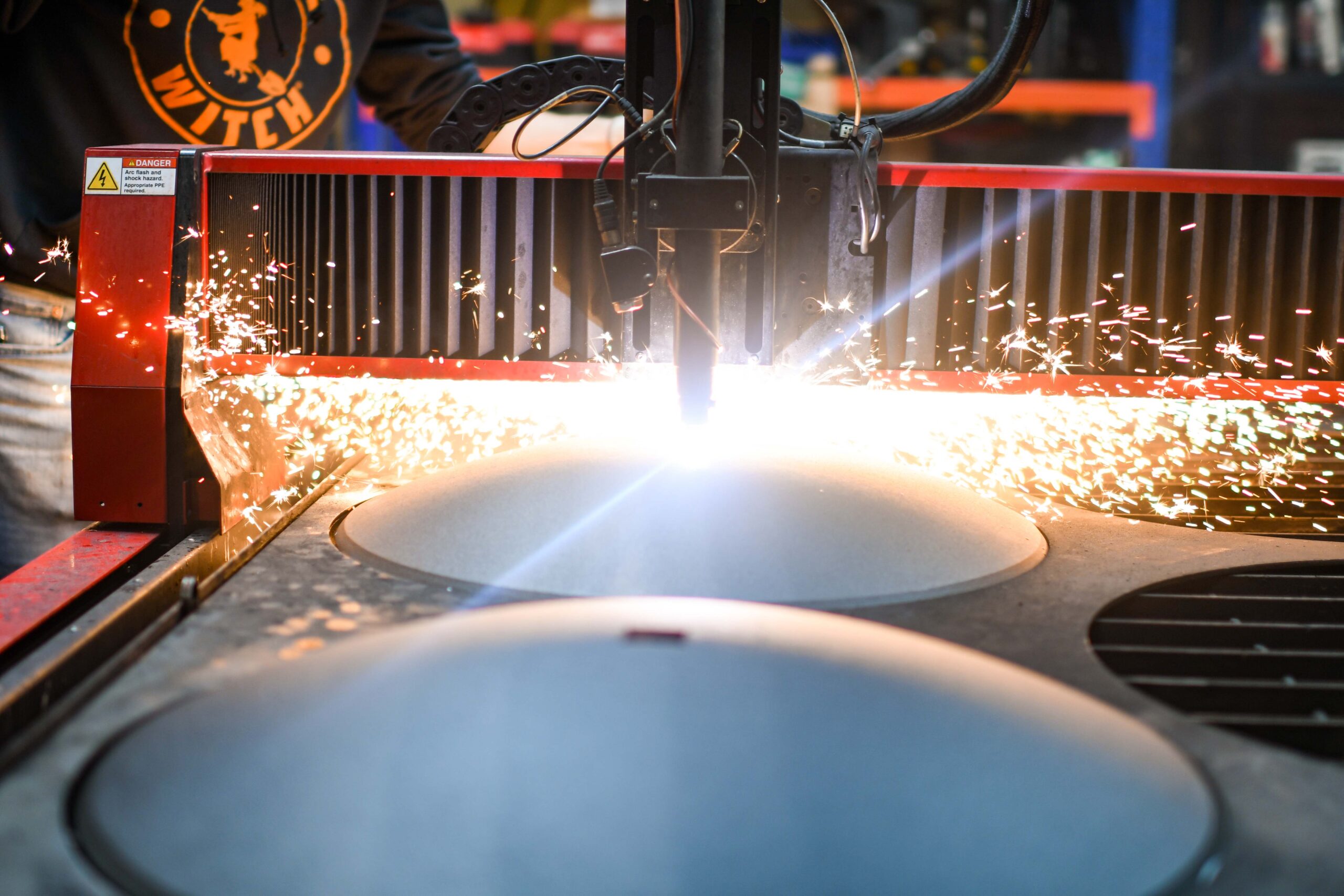
Understanding Agribusiness and Supply Chain Management
New developments drive progress, and the agriculture industry is no exception. Innovation is critical to the industry’s overall success, which is why agribusiness companies have recently focused on streamlining the supply chain.
The farming industry is changing, and to prosper, you need a thorough understanding of agribusiness and supply chain management—here’s what you need to know.
A Quick Overview of Supply Chain Management in Agriculture
At its most basic form, supply chain management in agriculture is the movement of your crops starting with the harvest and ending with consumers buying your product. However, it’s important to note that this also involves the movement, storage, and inventory of your goods.
Essentially, supply chain management tracks the production, delivery, and shipping of crops that you bring to the market. Agriculture chain management merges supply and demand, providing a holistic view of the entire chain and its functions. Each phase of the process should aim to reduce costs and enhance the long-term efficiency of your farm.
3 Ways Agribusiness Impacts Supply Chain Management and Agriculture Logistics
Agriculture is an industry vital to daily life, so maintaining an efficient supply chain is essential. Thankfully, agribusinesses worldwide are leveraging technological advancements to improve each step of the supply chain, including:
1. Sourcing and Procurement
To start, let’s look at sourcing and procurement from a farmer’s perspective. You need to invest in many types of equipment to run your day-to-day operations. Additionally, for large-scale farming operations, you need to source animal feed, fertilizers, pesticides, equipment parts, and any other necessary materials. However, even smaller farms need to be prudent in negotiating fair contracts. Because to manage bottom lines, you need to evaluate product price in addition to the logistics required to ship or transport goods.
Fortunately, several agribusinesses are helping connect farmers to the tools they need to run their operation smoothly. That includes ways to help producers find the best prices available for farm machinery, often through online markets that expand industry connections.
2. Production and Processing
Once you have all the necessary supplies, it’s time for your crops to be produced, processed, prepared, and packaged for further movement down the supply chain.
Depending on the size of your growing operation, you may need extra workers for the harvest, which is why farmers often rely on agribusinesses to source qualified workers who can keep their production efficient.
For large and small farms alike, two things must happen to improve profitability: increase production and decrease costs. Luckily, developments in technology are making this easier. For example, many growers are starting to use drones to help manage farmland without hiring extra staff.
Additionally, advancements in weather technology have also improved crop production, as accurate forecasts with real-time information are helping farmers optimize their annual yield. Demonstrated by the four Rs of nutrient stewardship—the right nutrient, rate, spot, and moment—new weather reporting technology is helping farmers minimize nutrient losses to environmental conditions.
Rather than cultivating new crops to make up for losses, staying ahead of weather trends helps optimize your soil fertility, allowing you to increase your annual crop production.
Most of your farm equipment sees heavy use in the spring, summer, and fall, while lying dormant during the colder months.
This winter, take some time to assess your inventory, inspect your farm equipment, and practice maintenance to make sure you’re ready for next season.
3. Delivery and Distribution
Once harvested, your crops need to make their way off your farm and into the hands of consumers. You probably won’t be taking crops and selling them directly to customers. Instead, you likely enlist the help of wholesalers, supermarkets, or processing plants.
If the recent pandemic taught us anything, it’s the importance of timely delivery and distribution of produce. COVID-19 placed the world on hold, and many wholesalers and processing plants saw their operations disrupted as staff couldn’t work.
To maintain productivity in the face of supply chain disruption, many logistic providers cut hours. This left farmers with a surplus of extra crops—many of them perishable—and caused distribution problems between producers and consumers.
Luckily, agribusinesses are bringing new developments in inventory management to the market with the hope of avoiding this scenario in the future. New technology like artificial Intelligence (AI) is helping growers and wholesalers alike analyze data to better understand market trends. A holistic view of industry trends makes it much easier maintaining inventory levels, helping everyone stay ahead of crop deficiencies or surpluses.
RangeLine Group: Durable AG Parts To Keep Your Supply Chain Efficient
As a grower, the last thing you need is equipment delays that hurt crop production. Worn parts are a hassle, but luckily, they’re also avoidable.
Enter RangeLine Group. We’re trusted by growers nationwide to deliver high-quality replacement parts they can count on. Our AG parts are thicker and more durable than standard OEM equipment, which increases your equipment’s lifespan and keeps you in the field longer.
Are you looking to avoid equipment issues and supply chain delays? It’s time to replace a few parts before planting season takes off.
Find the parts you need here or reach out to our helpful team and discover the RangeLine difference.








